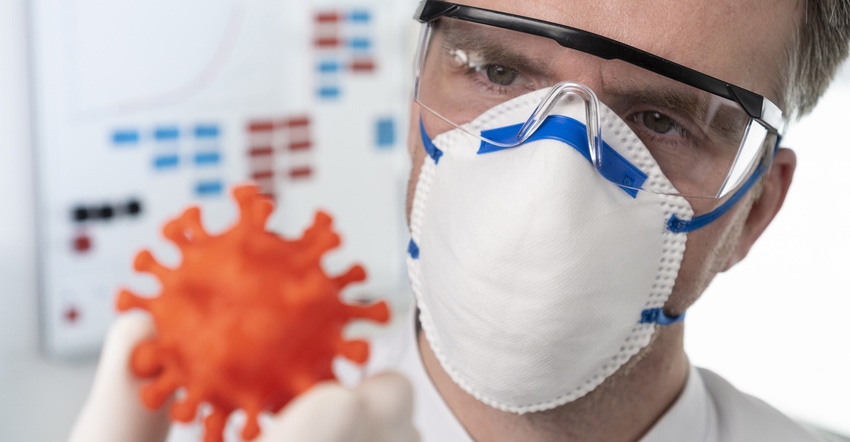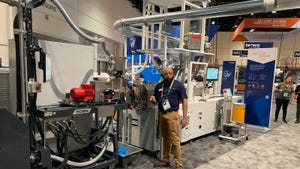Many Chinese-Made KN95 Masks Don’t Meet Minimum Filtration Standards, Says ECRI
Testing nearly 200 masks from 15 different manufacturers, the patient-safety organization found that up to 70% of KN95 masks imported from China did not filter 95% of aerosol particulates, as required and as the KN95 name suggests.
September 22, 2020

The number 95 in KN95 masks references the 95% of aerosol paticulates that the masks are supposed to filter out. ECRI, a well-regarded nonprofit dedicated to patient safety, said that up to 70% of the KN95 masks imported from China that it tested fell short of that requirement. Based on the testing of nearly 200 masks from 15 different manufacturers, which are purchased by some of the nation’s largest health systems, ECRI has issued a high-priority hazard alert.
“Because of the dire situation, US hospitals bought hundreds of thousands of masks produced in China over the past six months, and we’re finding that many aren’t safe and effective against the spread of COVID-19,” said Marcus Schabacker, MD, PhD, ECRI President and CEO. “Using masks that don’t meet US standards puts patients and frontline healthcare workers at risk of infection. As ECRI research shows, we strongly recommend that healthcare providers going forward do more due diligence before purchasing masks that aren’t made or certified in America, and we’re here to help them,” said Schabacker.
While the majority of the masks tested don’t meet the US National Institute for Occupational Safety and Health N95 standard, ECRI notes that they still provide more respiratory protection than surgical or cloth masks. Consequently, they can be used in certain clinical settings. However, ECRI recommends that they only be used as a last resort when treating known or suspected COVID-19 patients.
Despite ramped-up domestic production of personal protection equipment (PPE), there continue to be widespread shortages of KN95 masks and other PPE, resulting in healthcare systems purchasing imported products, said ECRI.
ECRI is the nation’s largest patient-safety organization and has advised hospitals, government organizations, and other healthcare stakeholders on product safety for several decades. It conducts independent medical device evaluations in labs located in North America and Asia Pacific.
About the Author(s)
You May Also Like



